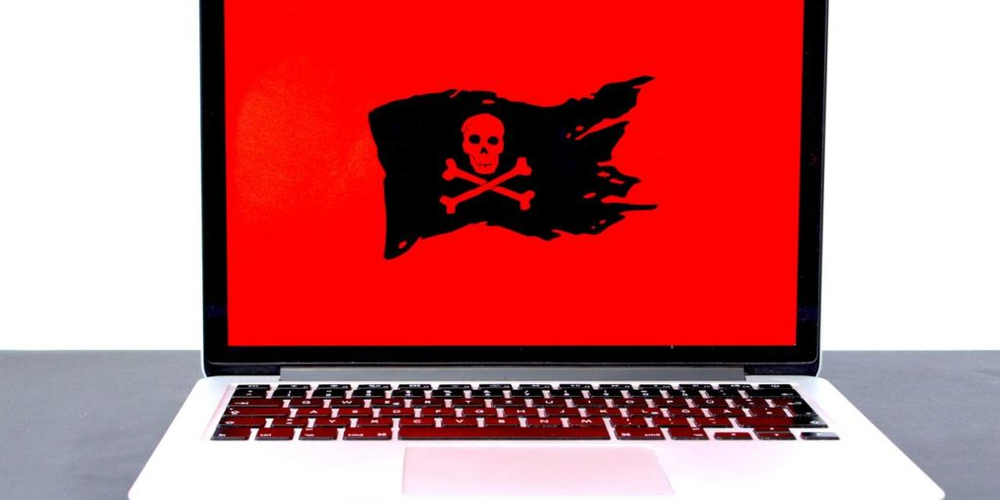The Most Dangerous Computer Viruses in History
- Jun 15, 2023
- 580

Computers have become an essential part of our daily lives, both personally and professionally. As technology advances and our reliance on computers grows, so does the potential for harm from malicious software or computer viruses. Over the years, some particularly dangerous and destructive computer viruses have caused significant damage, both financially and in terms of data loss. In this article, we will explore five of the most dangerous computer viruses in history, their impact, and the lessons we can learn from them to protect ourselves from future threats.
ILOVEYOU

The ILOVEYOU virus, also known as the Love Letter virus, was one of the most widely spread and destructive viruses in history. It was unleashed in May 2000 and quickly spread across the globe, affecting millions of computers. The virus was transmitted through an email attachment, and when opened, it would overwrite files with copies of itself, making them unusable. It would also send itself to all the contacts in the victim's address book, causing it to spread rapidly.
Estimates suggest that the ILOVEYOU virus caused approximately $10 billion in damages, affecting both individual users and major organizations, including the Pentagon, the CIA, and the British Parliament. The virus was created by a young Filipino programmer who claimed that it was a simple prank that got out of control. As a result of the ILOVEYOU virus, countries around the world began to take cybercrime more seriously, resulting in the implementation of new laws and the establishment of specialized cybercrime units within law enforcement agencies.
Conficker
Conficker, also known as Downup or Downadup, is a worm that targets the Microsoft Windows operating system. It was first detected in November 2008 and quickly became one of the largest and most sophisticated botnets in history. Conficker spreads by exploiting a vulnerability in the Windows operating system, allowing it to infect computers without any user interaction. Once infected, the worm can download additional malware, steal sensitive information, and turn the infected computer into a zombie, which can then be controlled by the attacker for various malicious purposes.
Conficker has infected millions of computers worldwide, including government, business, and home computers. The worm is believed to have caused billions of dollars in damages, and despite efforts by security experts and the release of patches by Microsoft, it remains an active threat today. The creators of Conficker have never been identified, and the worm's true purpose remains a mystery.
Stuxnet

Stuxnet is a highly sophisticated and targeted computer worm believed to have been developed by the United States and Israel as a cyberweapon. It was discovered in June 2010 and is the first known example of a virus specifically designed to cause physical damage to its target. Stuxnet targets industrial control systems, specifically those used in Iran's nuclear program. The worm is designed to infect and take control of the programmable logic controllers (PLCs) that control industrial machinery, causing them to malfunction and ultimately resulting in physical damage to the equipment.
Stuxnet is unique in its level of complexity and precision, as it only targets specific PLCs and has a deep understanding of the industrial processes it is attacking. The worm is believed to have successfully damaged Iran's nuclear program, destroying nearly 1,000 centrifuges used for uranium enrichment. Stuxnet has raised concerns about the potential for future cyberattacks on critical infrastructure and the dangers of state-sponsored cyberwarfare.
CryptoLocker

CryptoLocker is a type of ransomware that appeared in September 2013 and quickly became a major threat to businesses and individual users alike. Ransomware is a type of malware that encrypts the victim's files, rendering them inaccessible, and then demands a ransom (usually in the form of cryptocurrency) in exchange for the decryption key. CryptoLocker was spread primarily through email attachments and exploited vulnerabilities in the Windows operating system.
CryptoLocker infected hundreds of thousands of computers and caused millions of dollars in damages. It is estimated that around 40% of victims paid the ransom to regain access to their files. The success of CryptoLocker has led to a significant increase in the number of ransomware attacks in recent years. In response, security experts and law enforcement agencies have worked together to disrupt the criminal networks behind these attacks and develop tools to help victims recover their files without paying the ransom.
WannaCry

WannaCry, also known as Wanna Decryptor or WCry, is a ransomware worm that caused a global cyberattack in May 2017. The worm targeted computers running the Microsoft Windows operating system, encrypting the victim's files and demanding a ransom payment. WannaCry spread quickly, infecting over 200,000 computers in more than 150 countries within just a few days. The attack affected many high-profile organizations, including the National Health Service (NHS) in the United Kingdom, which was forced to cancel surgeries and other medical procedures as a result of the disruption.
WannaCry was particularly concerning as it exploited a vulnerability in the Windows operating system that had been discovered and kept secret by the United States National Security Agency (NSA). The vulnerability was leaked by a group called the Shadow Brokers, highlighting the risks associated with governments stockpiling information about software vulnerabilities for offensive purposes. In response to the WannaCry attack, Microsoft released patches for unsupported versions of Windows and continues to emphasize the importance of keeping software updated to protect against potential threats.
In conclusion, the history of dangerous computer viruses demonstrates the significant impact they can have on individuals, organizations, and even entire nations. The potential for financial loss and disruption to critical infrastructure highlights the importance of robust cybersecurity measures and international cooperation in addressing this ever-evolving threat landscape. By learning from the past, we can better prepare for and defend against future cyberattacks.